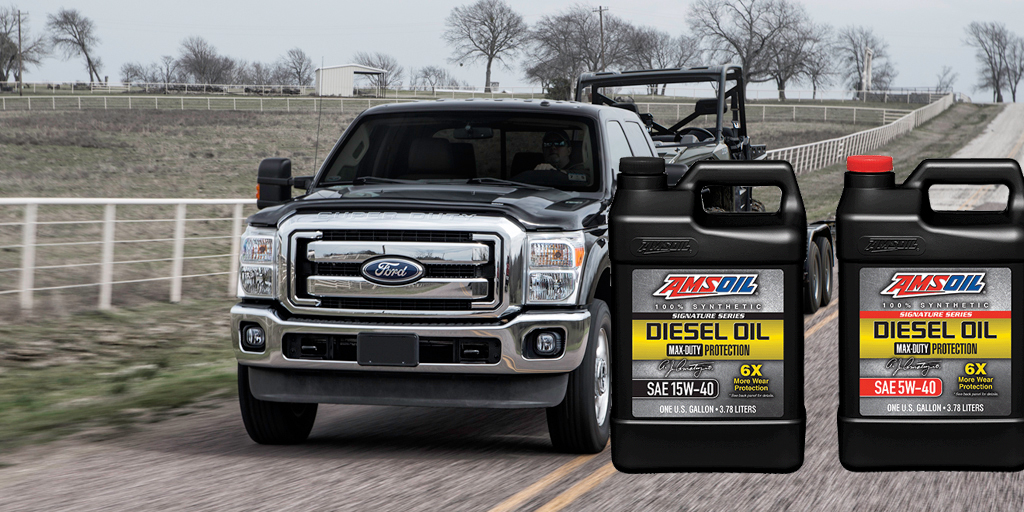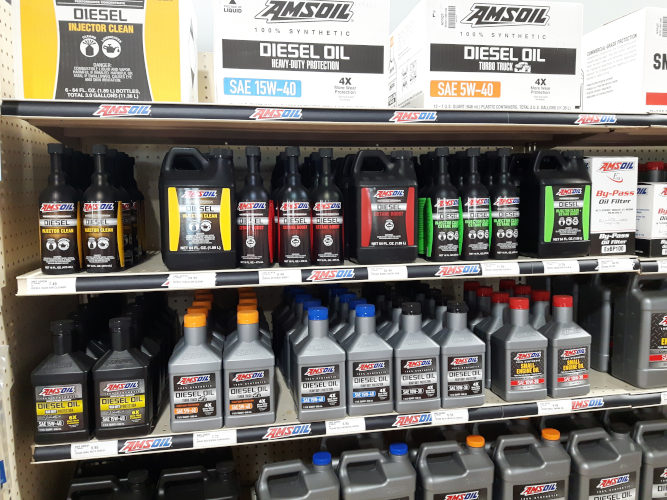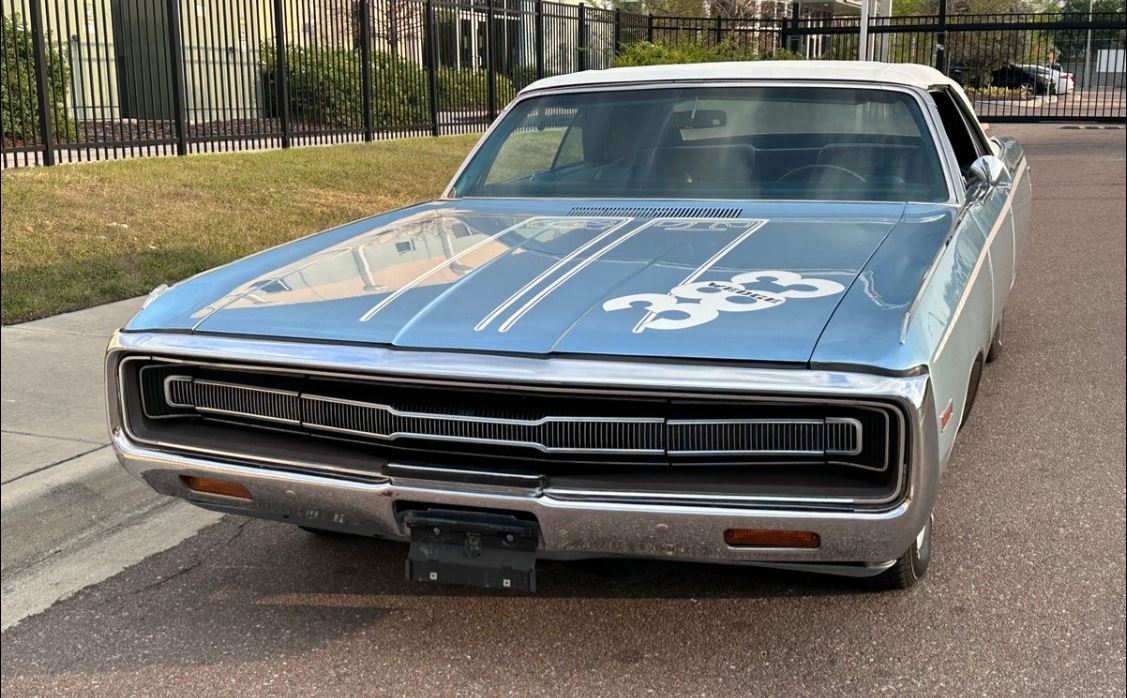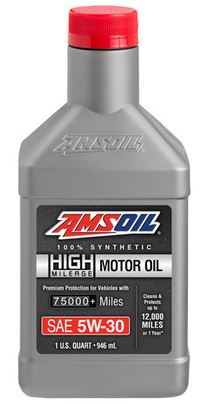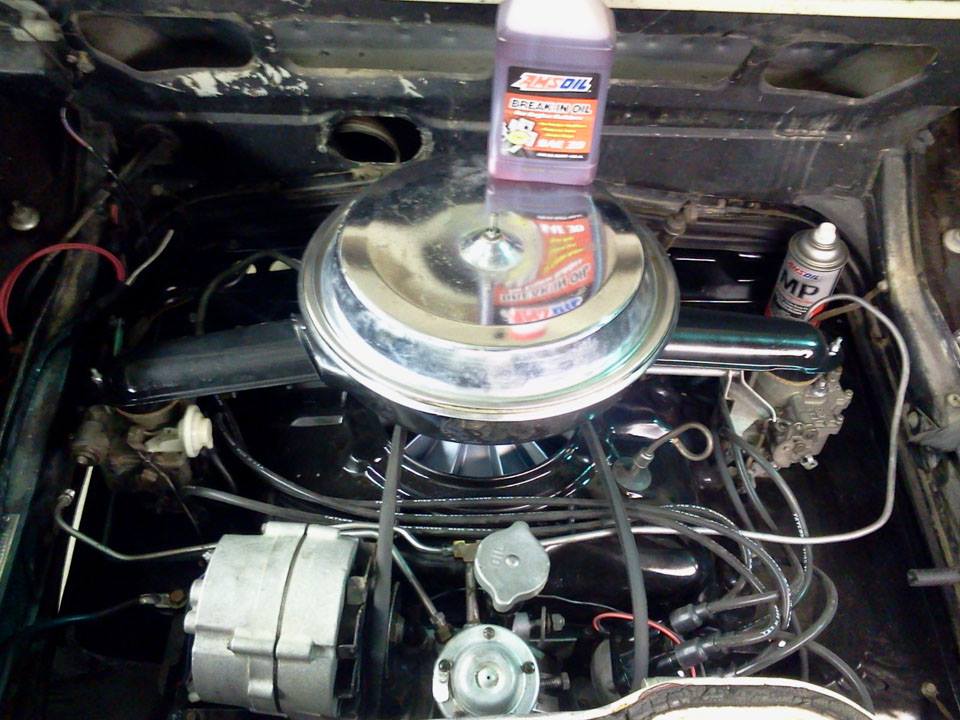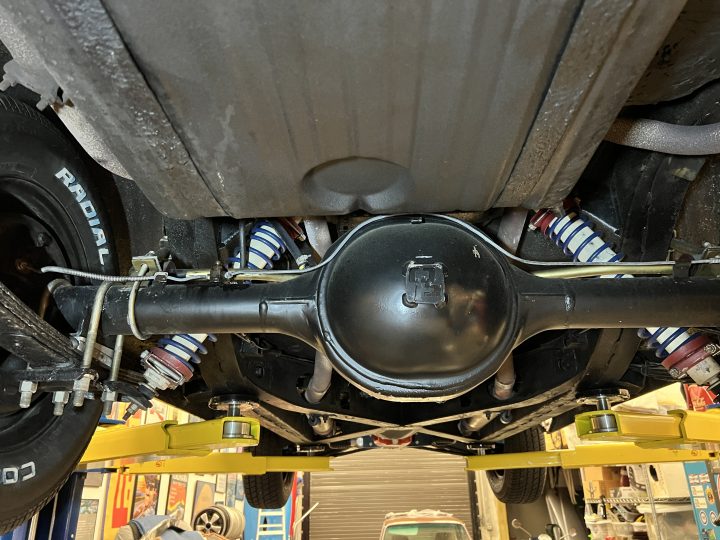The New SEVERE GEAR Easy-Pack Enthusiasts pride themselves on finding their own solutions to tough problems. When there’s no manual, they roll up their sleeves and make it work. But even the most inventive gearhead inevitably throws down an oily rag and wonders why the process has to be so difficult. Changing gear lube is […]
A Closer Look at Bypass Oil Filtration
A Comprehensive Look at Bypass Filtration AMSOIL Bypass Systems offer top-of-the-line protection Bypass oil filtration features a secondary filter with the purpose of eliminating nearly all contaminants from engine oil. Bypass filters have high capacities and eliminate much smaller particles than full-flow filters. They reduce engine wear and increase oil volume, but their high efficiencies […]
No Fear and Loathing at the Mint 400
No Fear and Loathing at the Mint 400 Lindsay Premo|Mar 05, 2019 2:53 PM “In some circles, the Mint 400 is a far, far better thing than the Super Bowl, the Kentucky Derby and the Lower Oakland Roller Derby Finals all rolled into one. This race attracts a special breed…” – Hunter S. Thompson In […]
8 Hot AMSOIL Products for Your Vintage C...
8 Hot AMSOIL Products for Your Hot Rod Jamie Gibson|Apr 20, 2018 10:52 AM If you’re anything like us, the highly anticipated sights and sounds of hot rods, muscle cars and restomods returning to the open road makes you a bit giddy. It’s a sure sign of road trips, car shows and all things summer. […]

